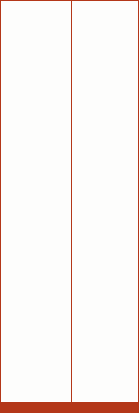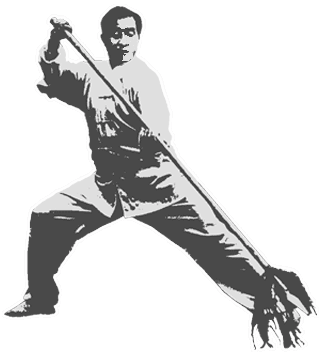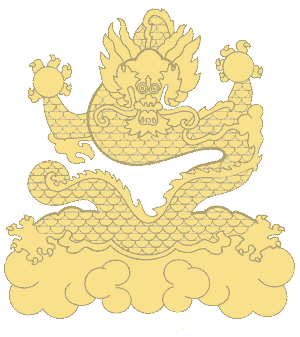 |
 |
Chen style offers a plethora of weapons to the interested student. Among the forms are straight sword, broadsword, staff, halberd, double straight sword, double broadsword , double maces and the spear- the traditional king of the long weapons.
A specific requirement of the Chen style Taiji spear is the the ability to issue force fa jing through the weapon in a relaxed manner. With the slightest of movements, Chen Zheng Lei is able to cause the end of a thick waxwood spear to shake wildly- a feat impossible to duplicate without extensive previous training in fa jing. In order to discuss the techniques of the form, it is necessary to
first describe the spear itself. It can be divided into three parts:
the base, the middle, and the head. The head can be divided into three
also: the tassel, the shaft, and the blade which can further be divided
into point, side blades, and root. The blade, made of metal, is usually
about 6 inches long. The shaft is of equal length, also made of metal,
and is sometimes hollow, containing a metal ball, the noise of which
alerts the user as to the location of the spear head while spinning
the spear in combat>. Tied to the base of the shaft is a horse
hair tassel, designed to soak up blood, stopping it from flowing onto
the shaft of the spear itself, making gripping difficult. As the name of the Chen family spear implies. Li Hua Chiang Jia Bai Yuan Kun includes techniques of both the Pear Flower Spear and the White Ape Staff. The routine is long-seventy one postures- and, executed at normal speed, takes approximately two minutes to perform. It consists of fourteen rows or sets of techniques executed in a particular direction. The directions are primarily north and south, although many movements within the rows are directed at a diagonal. The form utilizes the basic postural requirements of the Lao Jia Chen style, as well as the basic stances of the system: ma bu horse stance, gung bu bow stance, xu bu stance, pu bu stance, xie bu stance, ding bu stance, chi lin bu stance, and the gin gi du li stance. Also employed are stepping techniques found in the routines of Yi Lu and Er Lu, such as forward stepping, backward stepping, following stepping, cover stepping, stealing stepping, stamping stepping, ambushing stepping, leaping forward, half body turning, and whole body turning. Chen Zheng Lei divides the techniques of the form into two categories: straight-line techniques of the Pear Flower spear, utilizing the head of the weapon to pierce or cut: and angular movements of the White Ape Staff, employing the shaft of the weapon to block, deflect, and strike. In the majority of techniques, the concepts of sticking and listening, as taught in Tui Shou, are applied to the spear. Examples of straight line spear techniques include posture #5,Thrust Forward Three Times, a series of 3 swift parries and thrusts to the opponents chest utilizing following steps and posture # 26, Spear Thrusts like Falling Rain a thrust over the opponents spear aimed at the groin.
In general, the techniques of the spear are designed to counter an armed enemy: short range techniques are suitable against short weapons, such as the sword, stick, or knife, and long range techniques are practical for longer weapons, such as spear, staff, or halberd. Frontal body targets for the spear head include the instep, knees, groin, stomach, solar plexus, heart, throat, and neck. Rear targets include the Achilles' tendons, backs of knees, kidneys, and neck. The Chen family spear is a beautiful and intricate form. Its' value is both practical and aesthetic. It is a practical training method: while the player is not likely to encounter a situation requiring him to engage in battle with the weapon, practice with the spear will enhance his bare hand skills by developing both balance and the ability to issue energy. Artistically, it is a complex and demanding routine to perform, and a pleasure to watch. It is also a valuable legacy: a connection to an ancient time, and a far-off place-a direct link to the origins of the art of Taiji.
|
 |
| The Spear of Chenstyle Taijiquan |
 |
| CLICK HERE to view a video clip of this form |
| CLICK HERE to view a video clip of this form |